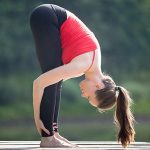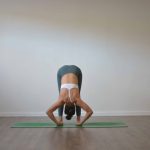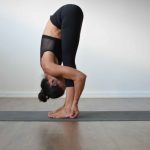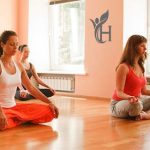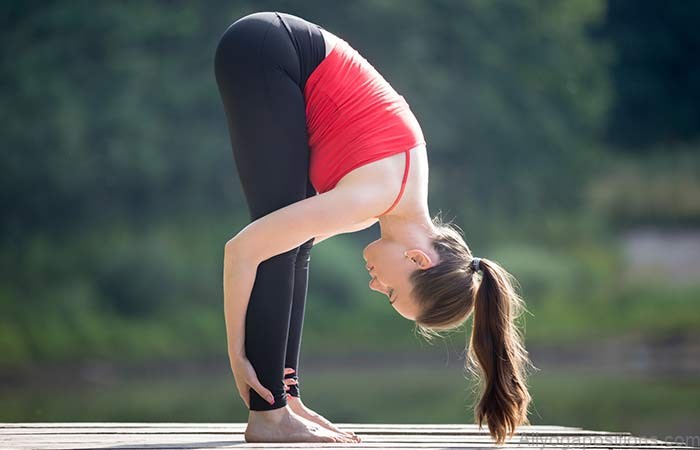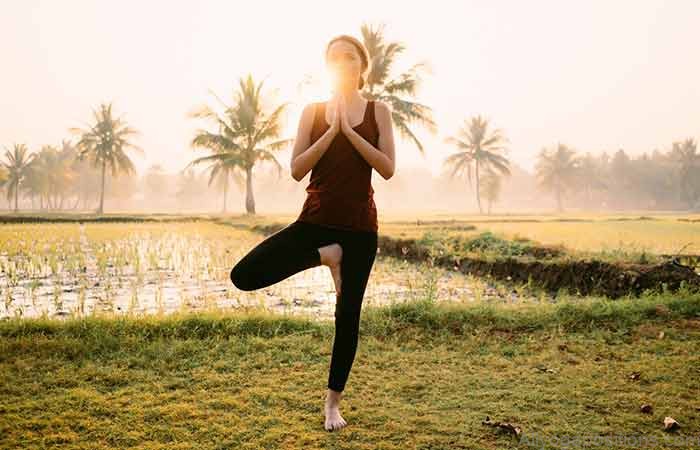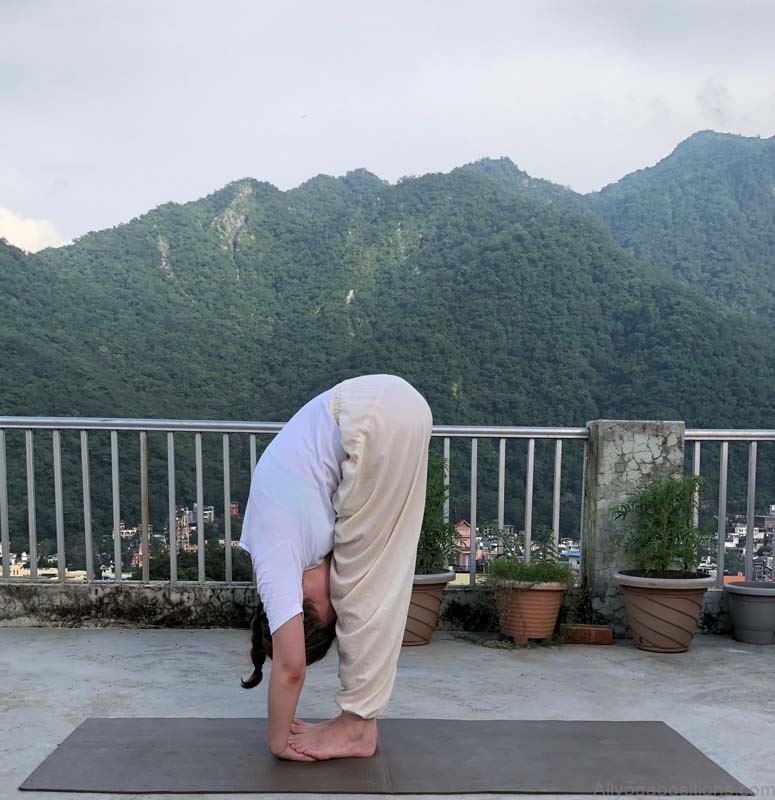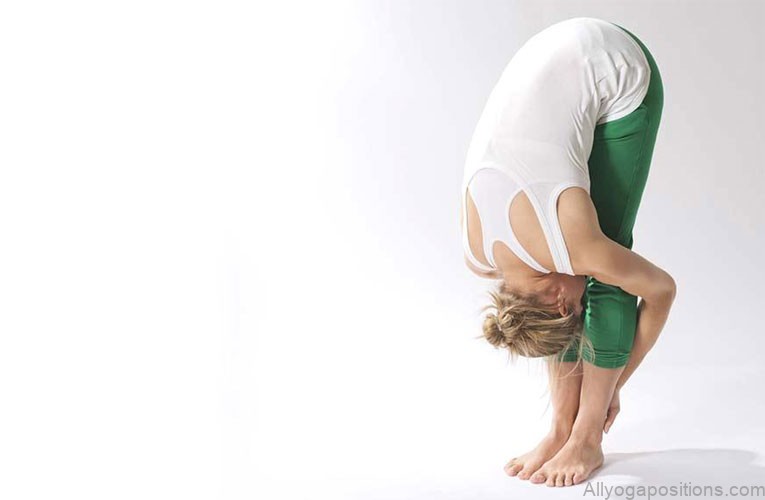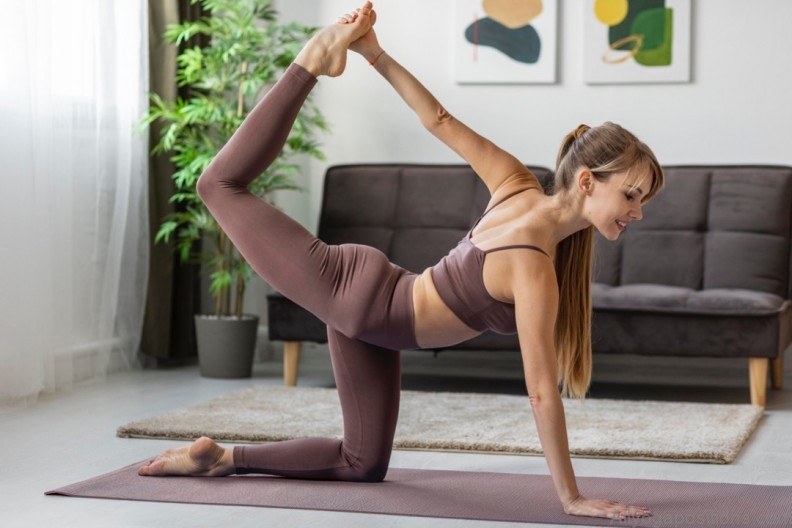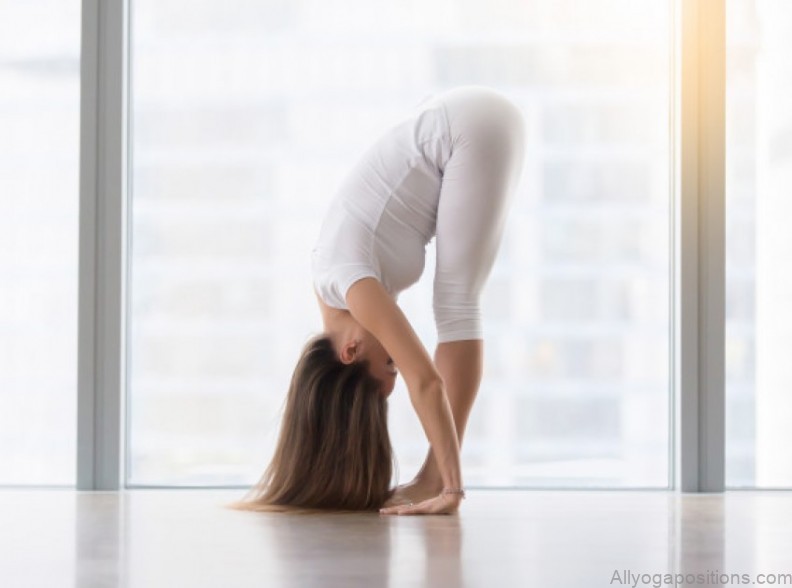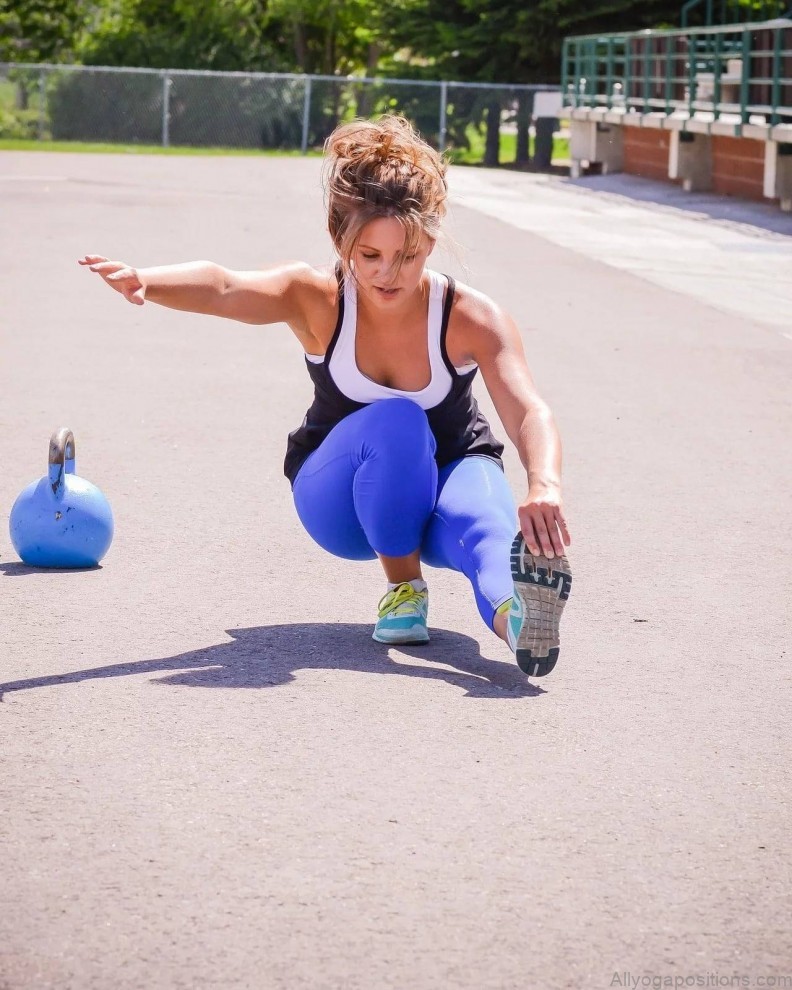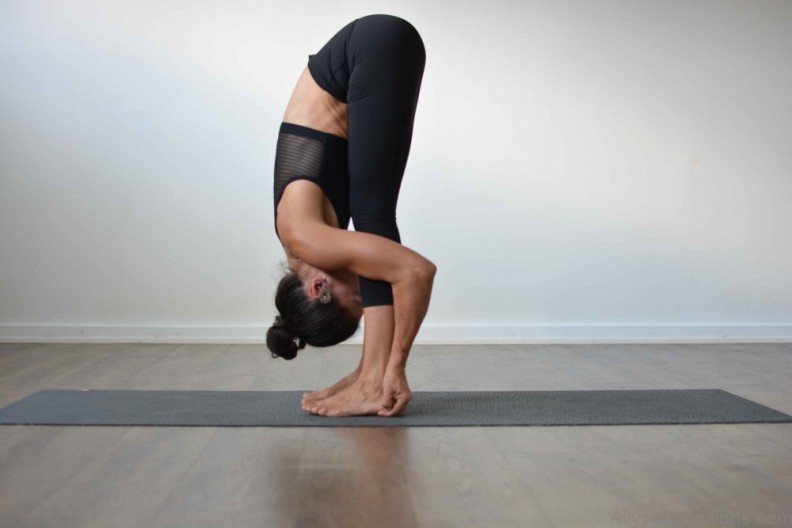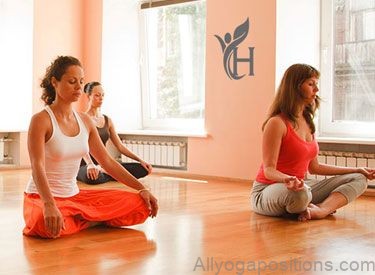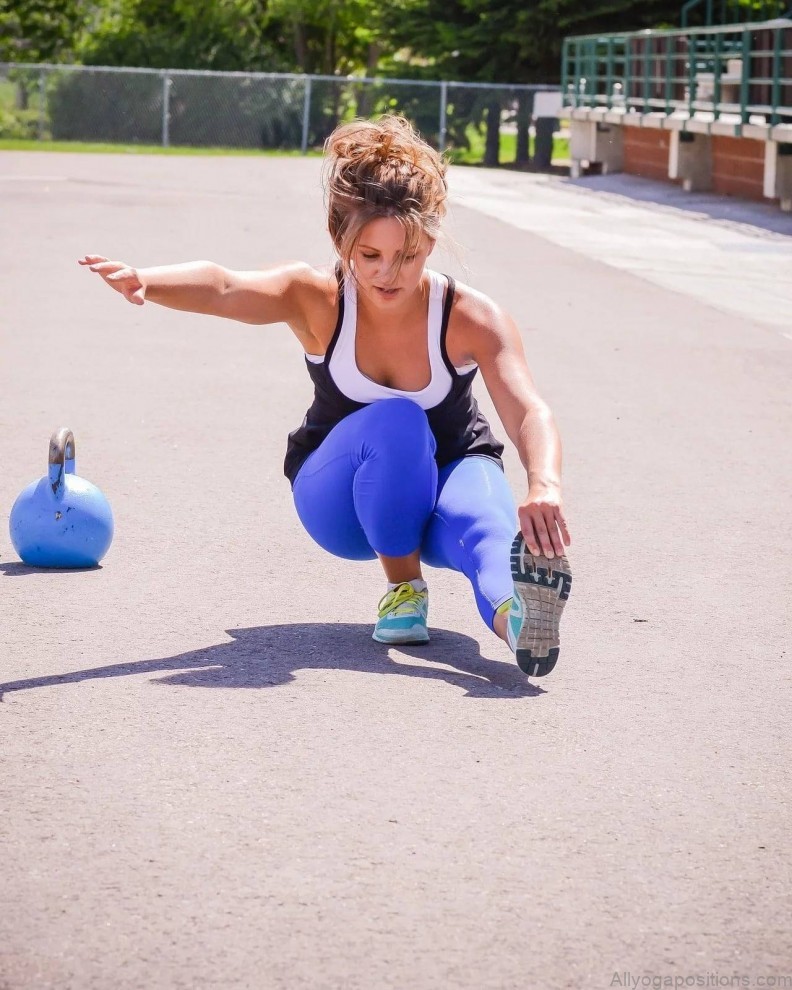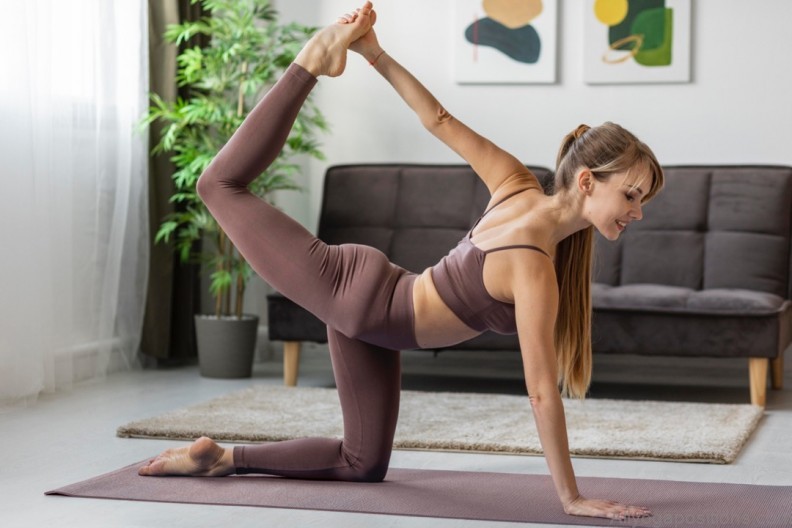Introduction
Padahastasana, also known as the Standing Forward Bend, is a fundamental yoga pose that offers numerous physical and mental benefits. Derived from the Sanskrit words “pada” meaning foot and “hasta” meaning hand, Padahastasana involves a deep forward fold where the hands reach towards the feet. This blog post will delve into the details of Padahastasana, highlighting its benefits, step-by-step instructions, modifications, and variations, as well as its positive impact on both the body and mind. Whether you’re a seasoned yogi or a beginner, incorporating Padahastasana into your regular practice can enhance your overall well-being.
Understanding the Benefits and Importance of Padahastasana: Padahastasana offers a range of physical, mental, and energetic benefits. By folding forward and bringing the head towards the knees, this pose stretches and strengthens the muscles of the back, hamstrings, calves, and hips. It also improves digestion, stimulates the abdominal organs, and increases blood flow to the brain. Padahastasana has a calming effect on the nervous system, relieving stress and anxiety. Additionally, regular practice of this pose enhances flexibility, balance, and posture.
Discover the Benefits of Padahastasana Yoga Pose: Embrace Flexibility and Inner Balance Photo Gallery
Step-by-Step Guide to Performing Padahastasana Correctly: To perform Padahastasana, follow these step-by-step instructions:
- Begin by standing tall in Tadasana (Mountain Pose), with your feet hip-width apart and your spine elongated.
- As you exhale, engage your core and start folding forward from the hips, maintaining a straight back.
- Bend your knees slightly if needed to avoid straining your hamstrings.
- Allow your head to hang heavy and bring your hands towards your feet. If possible, try to touch your toes or place your palms on the ground.
- Maintain the pose for a few breaths, deepening the stretch with each exhalation.
- To release, slowly lift your torso while inhaling, keeping your back straight.
- Return to Tadasana and relax.
Modifications and Variations for Different Levels of Practitioners: Padahastasana can be modified and adapted based on your flexibility and experience level. If you find it challenging to reach your toes, you can use props like yoga blocks or place your hands on your shins instead. Another modification involves keeping a slight bend in the knees throughout the pose. For more advanced practitioners, Ardha Padahastasana (Half Standing Forward Bend) can be practiced by folding forward halfway and placing the hands on the shins or thighs. Remember to listen to your body and make adjustments that suit your individual needs.
The Physical and Mental Benefits of Padahastasana: Padahastasana offers a multitude of physical benefits. It stretches and strengthens the entire back body, including the spine, hamstrings, glutes, and calves. Regular practice of this pose can help alleviate back pain, improve posture, and increase flexibility in the lower body. The forward fold also stimulates the digestive system, improving digestion and relieving constipation.
Table of Contents
Maybe You Like Them Too
- Mastering Virabhadrasana A: The Warrior Pose of Empowerment
- Embracing the Essence of Wide Legged Forward Bend: A Deep Dive
- Unlocking the Power of Prasarita Padottanasana: The Wide-Legged Forward Bend
- The Power and Elegance of the Wide Legged Forward Bend II Yoga Pose
- Mastering the Warrior II Pose: A Deep Dive into Its Benefits and Techniques

